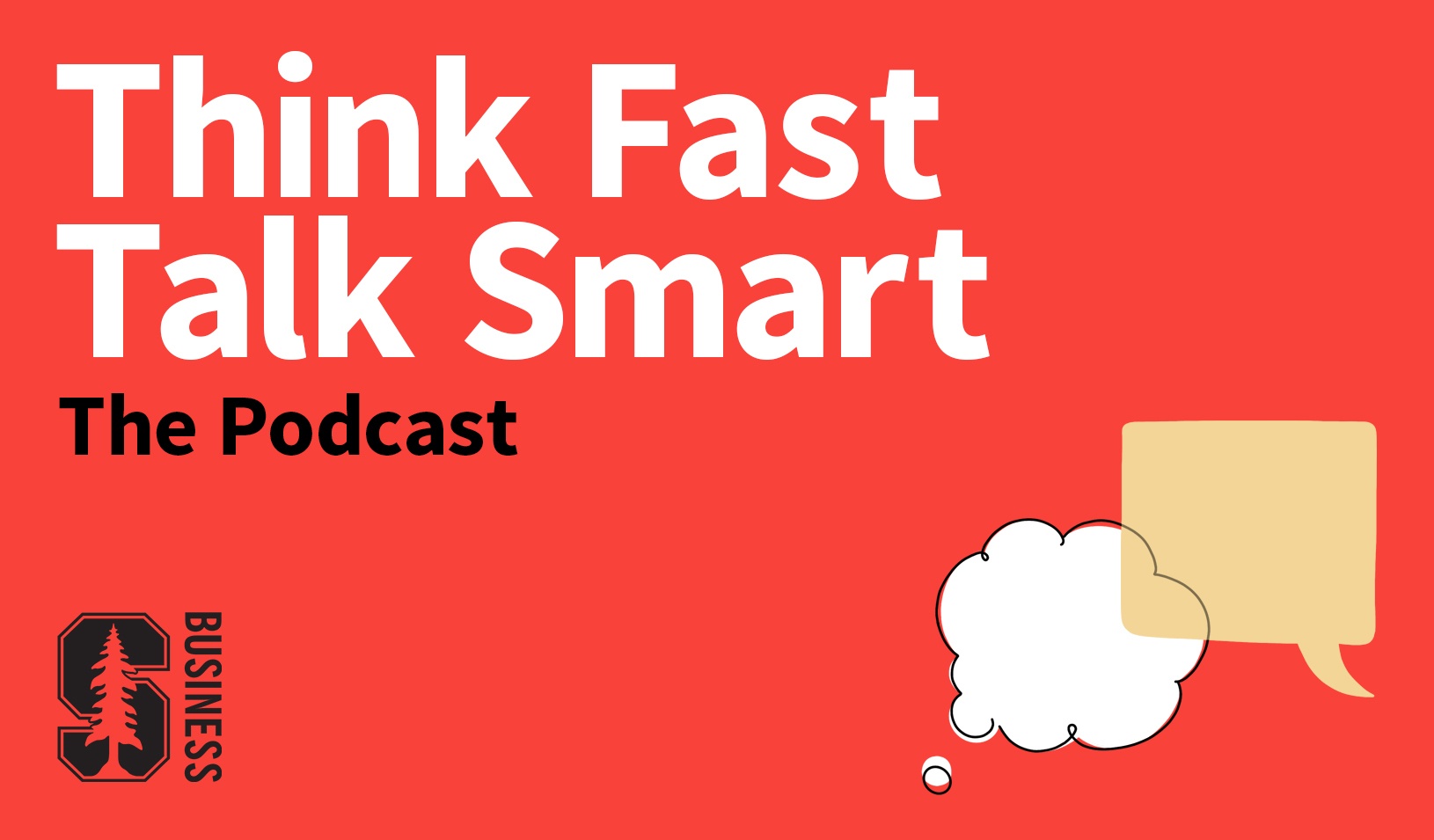Use Social Influences to Be a Better Manager
A new book shows how you can create a better team by recognizing people’s needs to stand out, fit in, and shape their identities.
August 18, 2016

Subtly mimicking your employees behaviors or mannerisms will make them trust you more. | iStock/Pirotehnik
When Jonah Berger was a PhD student at Stanford Graduate School of Business, he biked through Palo Alto, slipping surveys under the windshield wipers of BMWs. He wanted to compare why owners bought their Beamers to why they thought others bought theirs. Berger discovered that BMW owners assumed other owners were strongly influenced by the social cachet associated with the luxury brand, while they themselves believed they were influenced by more rational and practical reasons.
Berger, who is now an associate professor of marketing at the University of Pennsylvania’s Wharton School, dives into this theme in his new book, Invisible Influence: The Hidden Forces That Shape Behavior. “It’s hard to find a decision or behavior that isn’t affected by other people,” he says. “In fact, looking across all domains of our lives, there is only one place we don’t seem to see social influence — ourselves.”
In Invisible Influence, Berger helps us understand how we are affected personally by the sometimes contradictory forces of social influence, and how managers can use these influences to more effectively lead others.
Fitting In
As Berger tells it, one of the most powerful forces of social influence is our desire to fit in. We are all hardwired to conform, and one way we demonstrate that is by mimicking the behaviors of others. Conversely, we respond to people who mimic us. To demonstrate that, Berger cites a study in which a team of management professors asked one subject to mimic the mannerisms of his or her counterpart during a negotiation. Simple mimicking boosted the number of successful deals fivefold. The bottom line for managers: “Be a chameleon in your interactions with employees,” Berger says. “Subtly mimicking their behaviors or mannerisms will make them trust you more.”
Standing Out
Surprisingly, given our strong desire to conform, we also strive to differentiate ourselves from others. Cultural and class differences aside, we want to diverge from others in some ways that reveal us as unique individuals. Berger illustrates this with research by two consumer psychologists who compared what people ordered at a microbrewery when they knew what their companions were ordering and when they didn’t. People who knew what their companions ordered enjoyed their beer less. Why? They ordered brews that they didn’t particularly like to avoid placing the same orders as their companions. The lesson for managers: “Don’t lump employees together in broad categories — recognize their individuality,” Berger says. “And give employees the opportunity to make some choices privately so they don’t feel pressured by the choices of others.”
Developing Identity
An important ancillary lesson for managers who are seeking to put our drive to both conform and diverge to work is that the “who” matters. We adopt behaviors and products that signal who we are. If something signals an undesirable identity, we will avoid or abandon it. Remember the MTV reality show Jersey Shore? A Gucci competitor sent one of its stars a $900 Gucci handbag — in a backhanded gesture intended to devalue the brand. And, Abercrombie & Fitch offered to pay another of the show’s stars not to wear its clothes. That same principle can apply to your team. If you’re launching a new initiative, Berger says, recruit the well-liked and respected employees first. They, in turn, will entice other employees who want to identify themselves with that “brand.”
Driving High Performance
Social influence also offers lessons for managers seeking to improve employee performance. First, people tend to work harder when others are around. Second, social comparisons and competition motivate action. But be careful about picking the right comparison, Berger warns. Comparing employees to people who are doing much better than they are can be demotivating and cause them to quit. “Winner-take-all competitions, such as employee-of-the month contests, alienate people who don’t have a chance to win,” explains Berger. “You are better off comparing people to proximal peers, others who are doing just a little bit better than they are. When winning seems close, people work harder to close the gap.”
The big lesson of Invisible Influence is that we are constantly shaped by the people around us. Sometimes we seek to imitate them, sometimes we avoid what they are doing, but these influences affect every decision and action we take. “Social influence is a powerful tool,” Berger says. “If managers understand it, they can use it to design more effective working environments, shape situations, and build programs that bolster organizational and employee performance.”
For media inquiries, visit the Newsroom.
Explore More

Masterclass on Stanford’s Most Popular Leadership Course

Hemant Taneja on Balancing Profit and Purpose



